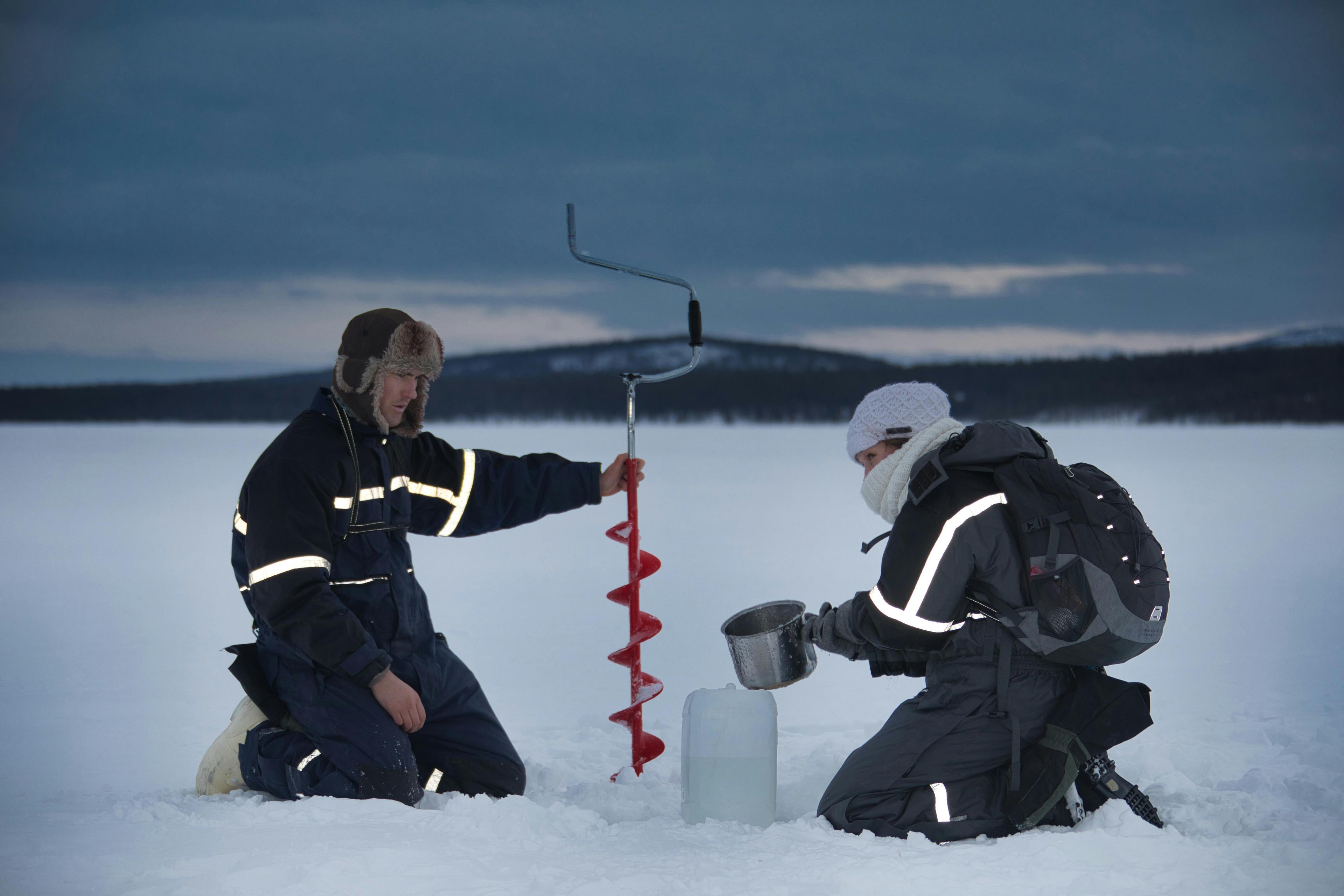
Mānoa, Hawaiʻi (Enmaeya News) — Researchers at the University of Hawaiʻi at Mānoa have made a significant breakthrough in understanding how tiny water droplets in the air freeze—a process that plays a crucial role in forming clouds, snow, and rain.
Using a specialized chamber that suspends droplets in mid-air at extremely cold temperatures, the team was able to observe in real time how supercooled water transforms into ice.
The findings, published February 3, 2025, in the Proceedings of the National Academy of Sciences, provide new insight into cloud formation and weather patterns. They also tie into a $26 million project focused on developing eco-friendly refrigerants.
Cooling systems already account for more than seven percent of global greenhouse gas emissions, and demand for cooling is projected to triple by 2050. Understanding the freezing process at the molecular level could help guide technologies that reduce emissions.
“By learning how water freezes at the molecular level, we can not only improve weather and climate predictions, but also design greener cooling solutions,” said UH Mānoa Chemistry Professor Ralf I. Kaiser.
With the global demand for cooling on the rise, scientists say this breakthrough underscores how research at UH Mānoa can advance both climate science and sustainable technology for the future.







